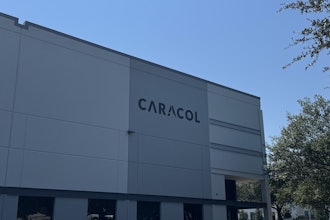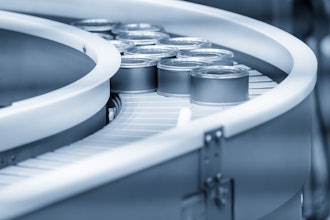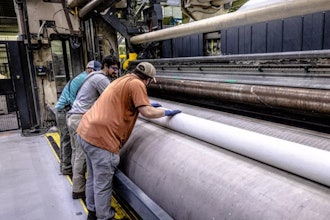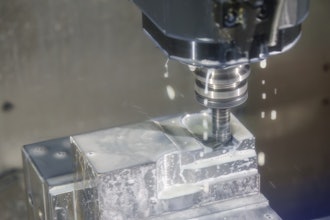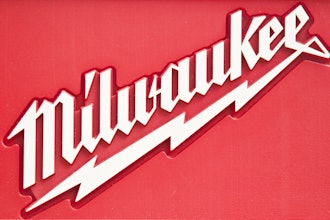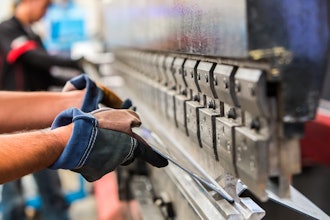By JONNATHA MAYBERRY, Associate Editor, Chem.Info
.jpg?n=5481) We’re all getting older, whether we like it or not. Skin-deep solutions to ward off the signs of gravity, sun exposure and stress are available — ranging from “age-defying” face creams to plastic surgery.
We’re all getting older, whether we like it or not. Skin-deep solutions to ward off the signs of gravity, sun exposure and stress are available — ranging from “age-defying” face creams to plastic surgery.
But if you could fight aging from the inside out, would you?
As men age, testosterone levels drop. This was once regarded as a natural part of aging, but now some pharmaceutical companies are saying that this change can be mitigated by testosterone therapy.
Abbott Laboratories’ Androgel, “a billion-dollar selling testosterone gel used by millions of American men struggling with the symptoms of growing older that are associated with low testosterone,” is one such testosterone therapy solution, according to “Testosterone marketing frenzy draws skepticism,” an Associated Press article by Matthew Perrone.
“Have you noticed a recent deterioration in your ability to play sports?” the Androgel website asks. “It could be Low-T.”
Well, it seems that I may be suffering from “Low-T” as well.
But all kidding aside, what is behind the testosterone-therapy craze? Abbott’s gel is flying off the shelves, but Abbott isn’t the only company marketing testosterone-therapy solutions: “Androgel is one of a growing number of prescription gels, patches and injections aimed at boosting the male hormone that begins to decline after about age 40,” according to Perrone.
As life expectancies rise, the desire for never-ending youth seems to be increasing as well. Sometimes, testosterone levels are low because of an underlying medical issue. Testosterone therapy has been around for a while, but in the past, it was generally targeted toward those with health conditions that caused low levels. At other times, however, low levels can simply be attributed to getting older, and marketing testosterone therapy to naturally aging men was previously uncommon.
Although drugmakers claim the therapy can reverse some of the signs and symptoms of aging, it seems that the jury’s out on the effectiveness and even safety of testosterone therapy. “There's not much understanding of whether testosterone replacement therapy actually improves men's symptoms. Evidence of the benefits of testosterone is mixed, and the potential health risks are serious,” says Perrone.
Experts may have varying opinions on testosterone therapy’s merits and drawbacks, but some patients say that the therapy has improved their quality of life. According to Perrone, “Former marathon runner Damon Lease, 50, had been complaining of low energy and depression … But since he started taking twice-a-week testosterone injections in May … He says he has more energy, improved mood and concentration.”
Testosterone therapy is the latest attempt to turn back time, but it was preceded by numerous other age-fighting therapies. Like “Low-T,” brittle bones and hot flashes also evolved from being considered a natural part of aging to being viewed as a treatable ailment.
In this modern area, there is a treatment for almost every human ailment, neurosis, body “imperfection” and sign of aging. Science has taken us to the point that we can become a completely different, seemingly younger person — for the right price. Is the chance to feel younger worth the risks involved, considering the scarcity of long-term testosterone therapy studies, or is it better to let nature take the wheel?
At the end of the day, even if we choose to buy a pill, injection or gel that makes us feel younger, we must accept the fact that we haven’t yet conquered our own mortality.
If you had the chance to use a new therapy to feel younger, stronger and more energetic, would you take the gamble, despite some experts’ concerns? Let me know your take by emailing me at [email protected].














